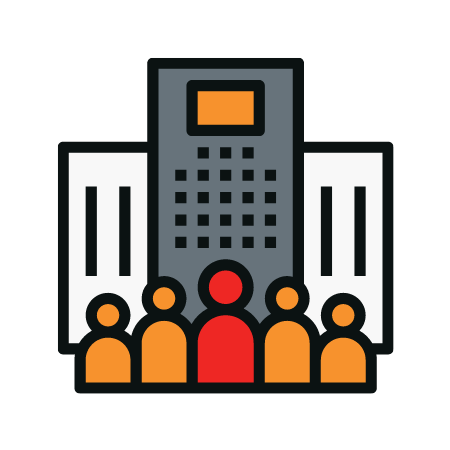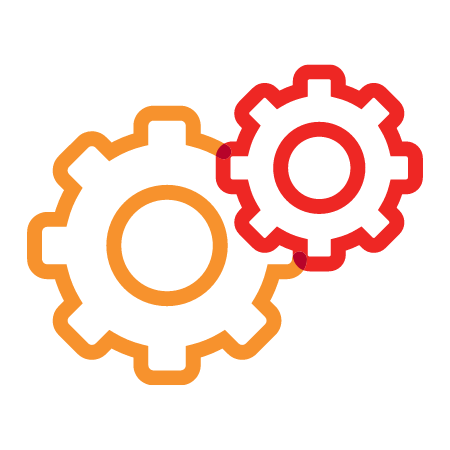If you carry out a small business, it is important to know certain aspects to bring your business on the road to success. Having a good understanding of the difference between direct and indirect costs is one such aspect as well. Which will always help to do the pricing better for your offered services or products. To make it possible one must know the cost involved in the production of these products offered by your business.
This further ensures to set the pricing in a competitive and accurate manner. Also, both direct and indirect costs are associated with the points where the tax is deducted. Before we delve into further discussion, let’s have a look at the focused points of this article:
Accotax Chartered Accountants in London is a dedicated firm based in Morden, UK. Call us at 020 3441 1258 or send us an email at [email protected].
What Is Direct Cost?
Expenses of a business that can have a connection to cost objects are known as a direct cost, this may include a project, a department, or a product. Raw material, equipment, and software can also be added to this list. The labour-relevant projects, departments, and products are also part of this discussion.
For instance, an employee who is hired with the intention of working on a project regardless of he is working for limited hours or exclusively. The labour for a certain project comes under the discussion of direct cost. On the other hand, if you have an organization that develops software and you need assets to make it happen, like development application and frameworks, these can also add to the count of direct cost.
Speak to one of our qualified accountants to gain more knowledge about your queries. Give us a call on 0203 4411 258 or request a callback. We are available from 9:00 am – 05:30 pm Monday to Friday.
What Is Indirect Cost?
From the cost to carry out a business or to run a company and the expense that is involved in making a product is all that some under indirect cost. Once you are able to calculate the direct cost the leftover cost is known as indirect costs. The supply and material that a company requires to run its day-to-day business and products making is also indirect cost.
Moreover, indirect costs include the following as well:
- Cell phones
- Computers and desktops
- Office equipment
- Utilities and supplies
Direct cost and indirect cost can be fixed as well as variable. Aspects like rent are fixed and the example of the fixed indirect costs. The fluctuating factors like electricity bills and gas bills are examples of variable costs.
Happy with your setup? Let us manage your client. We’ll act as your back office.
Difference Between Direct and Indirect Costs:
A very simple and straight rule to differentiate between the direct and indirect costs is that the cost that is in link with the development or the creation of a product is known as a direct cost.
Some examples of the direct cost are listed below for you:
- Production costs
- Labour costs
- Raw material
- Office equipment
- Manufacturing Supplies
On the other hand, the indirect cost is not in direct relation to the development or the creation of products. The following are listed for reference:
- Insurance cost
- Payroll and accounting services
- Office technology
- Office supplies
- Utilities
- Marketing Campaigns
- Perk and benefits program for the employees
It is clearly important to know the discussed differences in order to ensure the right pricing and give an understanding of the services and products offered by your business.
Get to know more about the benefits of making accurate business choices by having a word with one of our professionals. call on 0203 4411 258 or request a callback.
The Bottom Line:
Now that you have developed a better understanding of what is the difference between direct and indirect costs, we can sum up the discussion by saying that the major difference between the two is the cost that is related to the development of products or not. We hope this article helped to provide enough information to make the right business choices.
Still, can’t find what you are looking for? Let’s see how we can help you are looking for, get in touch at your earliest for instant help.
Disclaimer: This article intends to provide general information based on what is the difference between direct and indirect costs.






















































